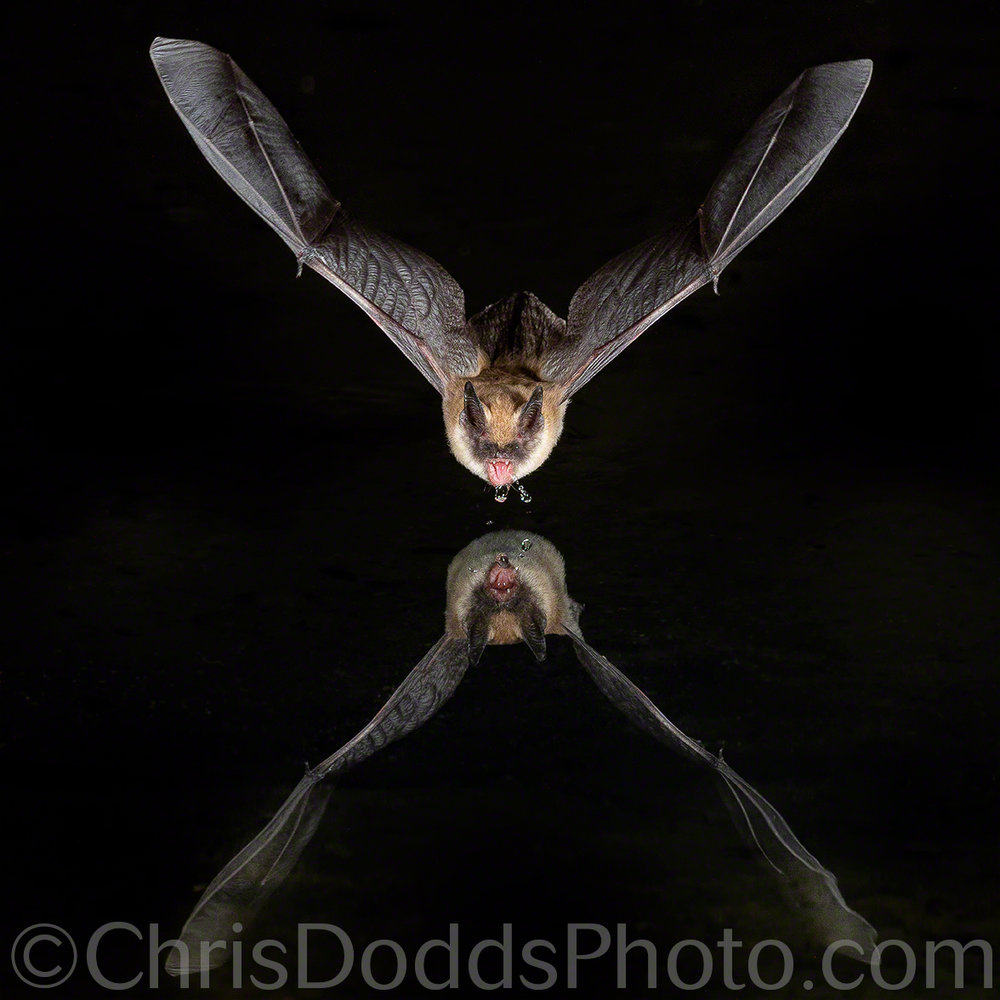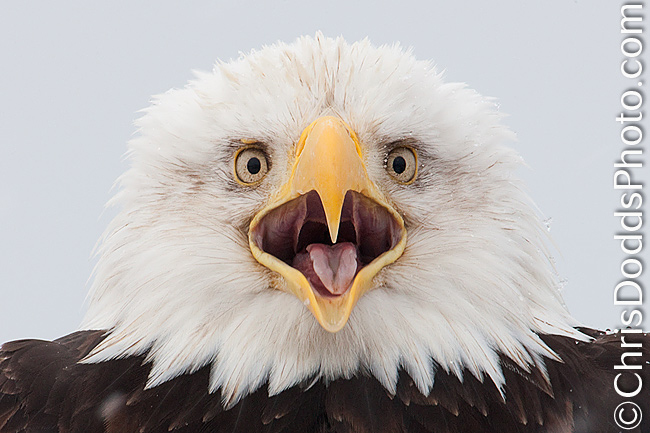
Pallid Bat THIRST (Antrozous pallidus Chauvre-souris blonde) Amado, Arizona, USA. Image Copyright ©Christopher Dodds. Canon EOS Canon EOS 1DX, 600mm F4 L IS II, Canon 2X Extender III, Tripod & Jobu Jr. 3 Photo Trap and four flash set-up. ISO 400, f/16 @ 10 second exposure in Manual mode. PURCHASE A PRINT or LICENSE IMAGE FOR PUBLICATION HERE.
Here's a Pallid bat from my recent trip to Arizona. Pallid bats have the some of the largest eyes of the North American bats and their large ears help them hear the footsteps of the insects they hunt for food. Be sure to check-out my last post, HOW TO PHOTOGRAPH BATS WITH THE PHOTOTRAP to learn how I set-up exposure for this image.
September 9-11, 2014 (3 full Days)
September 12-14, 2014 (3 full Days)
Join me, Christopher Dodds, at "The Pond at Elephant Head" for an incredible high-speed bat photography workshop. Bats are some of the most misunderstood creatures on earth and there aren't many photographers out there photographing them. I've designed this workshop with only three participants and have enlisted the help of Phototrap inventor, Bill Forbes, to ensure you get the images I would be proud to call my own. Learn how to use the Phototrap and high-speed flash photography to create stunning action images on your own.
This workshop includes the use of all of the required high-speed flashes and Phototraps, and you don't need the latest or greatest super duper telephotos to make stunning jaw-dropping images! Amazing images can be made with every focal length from 100 to 1,200mm! Having two camera bodies will be useful to work two set-ups at the same time, but lenses like 70-200, 70-300, 100-400, 200-400, 50-500, 300, 400, 500 or 600mm all work well here. You will need a tripod and a remote release which can be set, or locked, in the on position so the camera will continue to fire when set to continuous mode.
This workshop is highly recommended for any level photographer. Whether you are completely new to nature photography, an experienced amateur, or a seasoned pro. There will be something to photograph and we will have plenty of time to tailor your instruction to your abilities. The seasoned pro can take full advantage of the logistics, my site and subject knowledge. Even if you have no desire to learn the technical side of this type of shoot, and simply want to come home with some fabulous images, then we can take care of your set-up for you!
Learn More about the High-speed Bat Photography Workshop HERE







